Planning & Prep
What to Get at the Grocery Store: Basic Shopping List
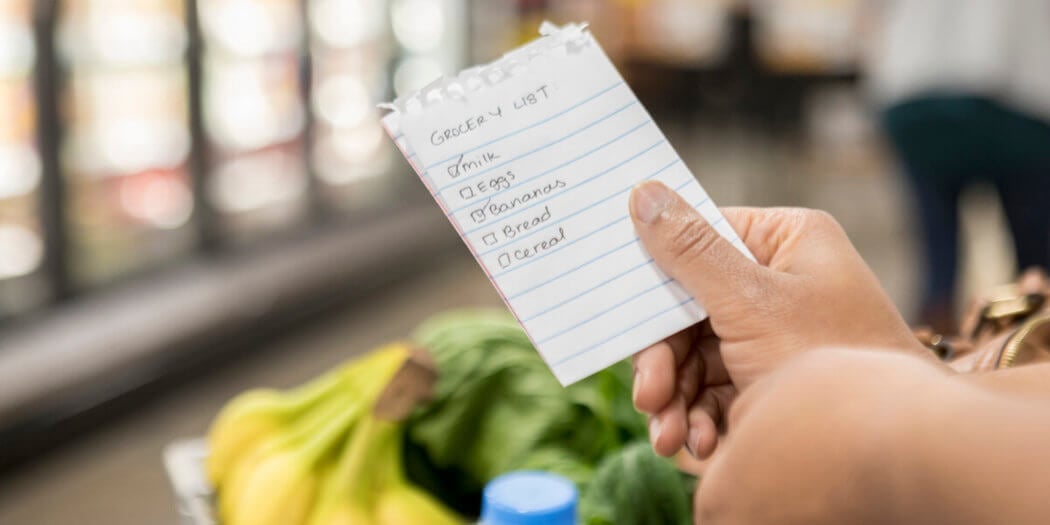
If you’re just moving into a dorm room or a new home, there’s a good chance you’ll find that your refrigerator and cupboards are bare! That means you’ll need to head out to the grocery store—but where do you even start?
If you’ve found yourself asking, “What groceries should I buy?” you’re in the right place. The following guide will tell you exactly what to get at the grocery store so you can start building up all the basic staples you need. Let’s get started!
Quick Answer
What should you get at the grocery store?
Grocery shopping basics will usually include meat and seafood, bread and grains, fat and oil, eggs and dairy, and fresh or shelf-stable produce. Your weekly list may also include household essentials like toiletries, cleaning supplies, and pet care.
How to prepare for your grocery store trip
Before you head out, it’s important to remember that grocery shopping is a personal experience. It’s different for everyone, so make sure to choose groceries that fit your tastes and budget. Also, consider these simple tips.
1. Create a list with a budget in mind
It’s always a great idea to create a shopping list before you head out. If you don’t answer the question “What should I get from the grocery store?” before you leave, you’re sure to forget something important. You’re also likely to end up with a bunch of stuff you don’t really need. In order to stay on track, you should estimate how much to spend on groceries using Instacart’s grocery budget calculator.
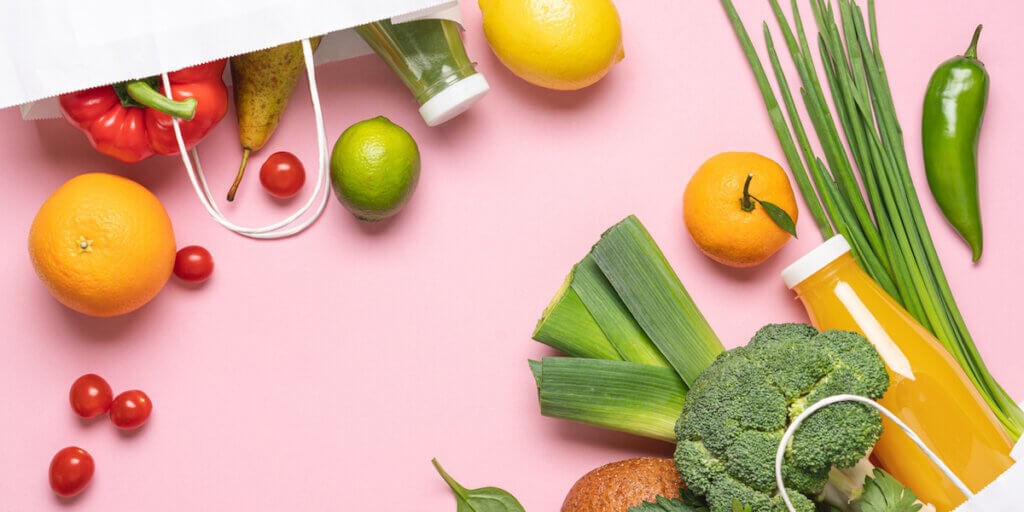
2. Be patient with yourself
When you’re first learning what to get when grocery shopping, you’ll probably end up missing a few key items. Don’t let it stress you out. With a little bit of practice, you’ll quickly become a grocery shopping pro.
3. Start off small
Try not to buy too much at once. If you overdo it, there’s a good chance that you’ll end up throwing away spoiled food. You might want to start out by stocking up on nonperishable items and going to the store more frequently for produce, meat, and other things that can go bad. Once you have a better idea of how much you’ll really eat, you can buy more confidently.
4. Don’t go shopping when you’re hungry
Hunger lowers our inhibitions and can make us crave high-calorie foods. If you go grocery shopping when you’re famished, you’re far more likely to stock up on unhealthy items and other things you otherwise wouldn’t buy.
Eat a healthy snack – like an apple and a glass of water—before you head out.
What to buy at a grocery store: the basics
Now that you have an idea of how to make the most of your shopping trips, it’s time to take a closer look at what to get at the grocery store. Here’s a quick run-down of the basics grocery list categories.
Grab it now on Instacart:
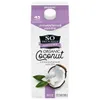


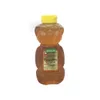

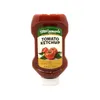
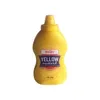

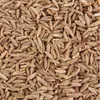
Meat and seafood
Meat and/or seafood is typically the main attraction of your meal, so this is often one of the most important grocery items you’ll buy. The selections you choose are really up to your personal preferences. Some of the most commonly purchased items in this category include:
- Poultry (chicken/turkey)
- Beef
- Pork
- Fish
- Deli meat
When first starting out, it’s best to choose foods you already know you like. Once you get beyond the basics, don’t be afraid to experiment with new items you haven’t tried before.
Bread and grains
Unless you’re following a particular diet, you’ll want to stock up on items like pasta and rice. These are inexpensive and easy to cook, making them a lifesaver after a busy day of work. If you enjoy eating sandwiches, quality bread is also a must-have grocery staple. Choose a whole grain or multi-grain variety as this is a great way to get some healthy fiber in your diet.
Breakfast cereal will help you start your day off right—just try to stay away from the ones that are packed with sugar. You may also want to pick up some oatmeal and unsweetened granola. Finally, if there’s no flour in your kitchen, do yourself a favor and pick up a bag. Not only is this essential for baking, but it’s also used in recipes to thicken sauces or coat meats before frying them.
Fat and oil
You’ll need some type of oil for cooking most things. There are plenty of options, but olive oil is a great choice. This works for most recipes and is an excellent source of omega-3 fatty acids. When you’re ready to expand your options, you may consider adding alternatives like:
- Coconut oil
- Avocado oil
- Peanut oil
Canola or vegetable oil is also used in many recipes, so it’s a good idea to pick up a bottle of that as well. Also, you’ll want to buy some butter. You’ll use this for everything from making toast to baking brownies.
Eggs and dairy
This category includes milk, eggs, yogurt, and cheese. Milk is an important item to buy if you enjoy breakfast cereal and you may also use it in your coffee and for cooking. If you’re a vegan or just not a fan of milk, check out alternatives like almond or coconut milk.
Eggs can be eaten for breakfast, used to make baked goods, and are often included in recipes. They’re inexpensive and versatile, making them an important grocery staple. And while yogurt and cheese aren’t always “necessary,” most people like to have some on hand. Yogurt is a healthy snack and cheese is useful for adding to sandwiches or making cheesy meals.
Produce items
When choosing your fresh fruits and vegetables, try to look for products that are in season. They will be fresher and taste better. When you’re first starting out, it’s also a good idea to consider buying frozen fruits and vegetables instead. This will help you avoid wasting food until you learn how much you’ll realistically use between trips to the store.
In addition to fruits and vegetables, you may also want to pick up some fresh garlic and onions. Many of the dinner recipes you’ll make will call for one or both of these important ingredients.
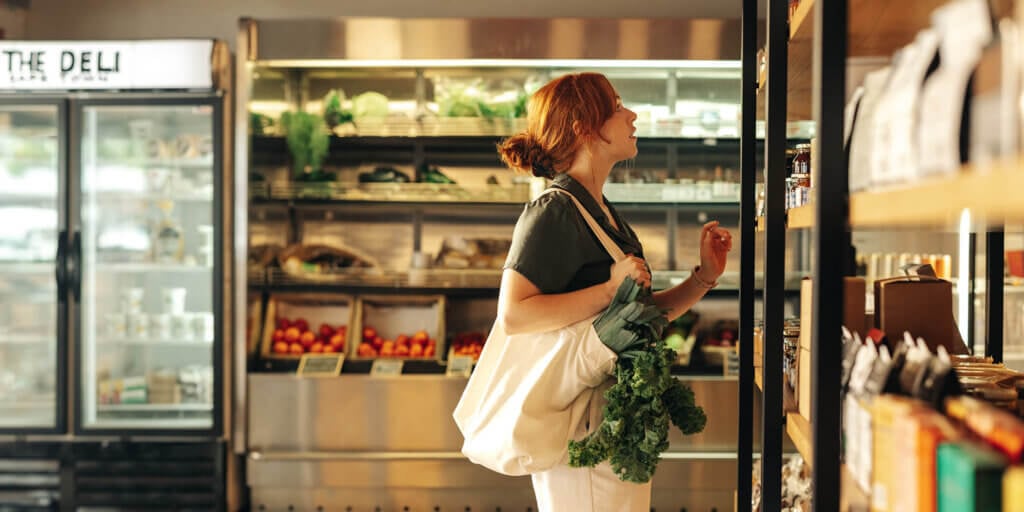
Pantry items and condiments
Lastly, you’ll want to start building up your pantry items. This includes:
- Canned soups
- Beans
- Boxed meals
- Jars of sauces
In addition, it’s great to have some spices and condiments. The basics include:
As you cook more recipes, you’ll find that you slowly build up your spice collection. Start with these basics and you’ll be off to a good start.

Resources related to what to get at a grocery store
If you found this guide on what to get at the grocery store helpful and you’re looking for more, make sure to check out these additional resources:
- How to Make a Grocery List: A Simple Guide
- Grocery List Categories to Make Shopping Easy
- How to Grocery Shop on a Budget: 8 Tips & Tricks
- The Ultimate College Student Grocery List
- Essential Foods for a Vegan Grocery List on a Budget
Leave your grocery shopping to the pros
Stocking up on grocery basics can be a bit intimidating. The good news is, you don’t have to do it alone! Next time you find yourself wondering, ”What should I get from the grocery store?” you can just head over to Instacart.com and start making a grocery list.
Most Recent in Planning & Prep
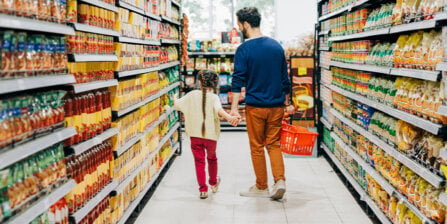
Planning & Prep
Average Grocery Cost per Month: The 2025 Breakdown
The average grocery cost per month, per person, in the United States is roughly $350 for adults between 19 and 50 years old in a four-person household. This estimation depends on multiple factors, such as…
Dec 23, 2024
Planning & Prep
33 Shocking Global and National Food Waste Statistics (2025)
Did you know nearly 30% of the food produced globally is never eaten? This staggering food waste statistic highlights the alarming issue of uneaten food — a problem with environmental, economic and social consequences. Food…
Dec 23, 2024
Planning & Prep
12 Best Substitutes for Eggs in Baking
Ever run out of eggs mid-recipe or need a quick swap for dietary reasons? Don’t let an empty egg carton or a food sensitivity stop you from enjoying delicious baked treats! There are tons of…
Dec 19, 2024

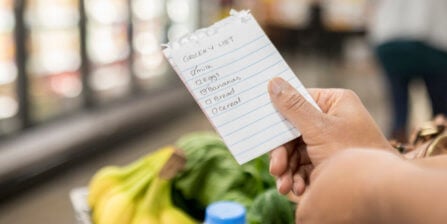 17 Grocery List Categories to Make Shopping Easy
17 Grocery List Categories to Make Shopping Easy 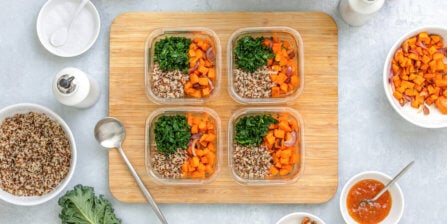 How to Meal Plan: Step-by-Step Guide to Meal Planning
How to Meal Plan: Step-by-Step Guide to Meal Planning 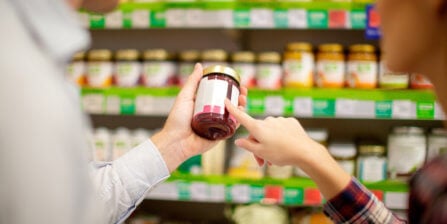 How To Read Food Labels: Guide to Nutrition Labels
How To Read Food Labels: Guide to Nutrition Labels 

